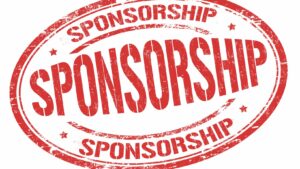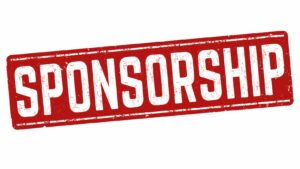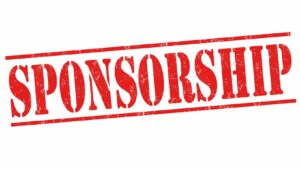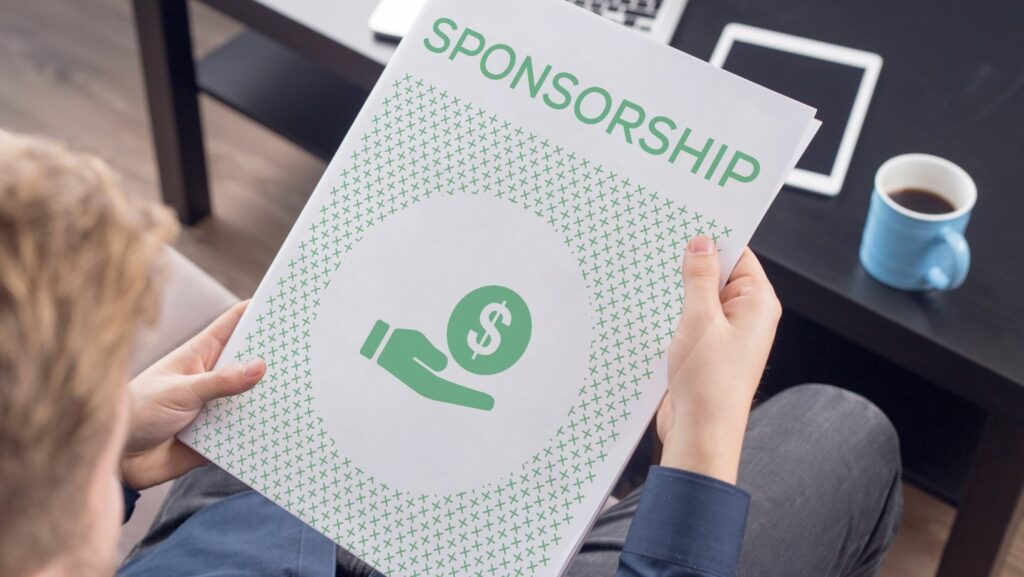In today’s competitive landscape, a well-crafted sponsorship package can make all the difference. It’s not just about securing funds; it’s about building lasting relationships that benefit both parties. Whether you’re organizing a local event or a large-scale conference, the design of your sponsorship package plays a crucial role in attracting the right partners.
A compelling sponsorship package goes beyond flashy graphics and catchy slogans. It clearly communicates value, outlines benefits, and aligns with the sponsor’s goals. By focusing on these elements, organizations can create packages that resonate with potential sponsors, making them eager to invest.
Sponsorship Package Design
Successful sponsorship packages incorporate strategic elements to resonate with potential sponsors. Packages must align with the sponsor’s objectives, focusing on mutual benefits rather than one-sided gains. Clearly defined values and advantages encourage sponsors to invest.Identifying Target Sponsors Identifying relevant sponsors is crucial. Organizations should target companies sharing similar values and goals. Research potential sponsors like industry leaders and community-focused
Identifying relevant sponsors is crucial. Organizations should target companies sharing similar values and goals. Research potential sponsors like industry leaders and community-focused
businesses to ensure alignment.
Creating Value Propositions
Compelling value propositions are central to sponsorship packages. Highlight unique benefits, such as brand exposure and market access, to entice sponsors. Quantifiable benefits, including audience reach and engagement metrics, offer concrete evidence of value.Outlining Benefits
Outlining benefits helps sponsors understand the gains.
Customizing Proposals
Customizing proposals for each sponsor maximizes appeal. Tailored packages demonstrate an understanding of sponsor needs and showcase how the partnership aligns with their goals. Personalization can make your proposal stand out.Using Visuals Effectively
Visuals enhance the attractiveness and clarity of sponsorship packages. Use graphs to illustrate audience demographics and infographics to visualize benefits.
Key Elements of a Sponsorship Package

A well-crafted sponsorship package includes several key elements. These elements ensure the package offers mutual benefits and aligns with the sponsor’s objectives.
Identify and understand the target audience. Sponsors need to know who’ll see their brand. This includes demographic information, interests, and purchasing behavior. Conduct surveys, analyze social media data, and use analytics tools to gather relevant information. Specific, data-driven insights about your audience increase appeal to potential sponsors.
Value Proposition
Communicate the unique benefits clearly. Sponsors seek compelling reasons to invest. Highlight exclusive opportunities, prominence at events, and media exposure. Providing quantifiable metrics, such as projected audience reach or engagement rates, can underpin your claims. This ensures sponsors see the tangible value in their investment.
Clear Objectives
Define what you aim to achieve with the sponsorship. Clear, measurable objectives help align your goals with the sponsor’s business interests. Outline how the sponsorship will drive mutual success. For example, increasing brand awareness at a specific event or reaching a targeted sales goal. Establishing these objectives ensures both parties share the same vision for success.
Creating an Engaging Sponsorship Proposal

An engaging sponsorship proposal can significantly improve the chances of securing meaningful partnerships. Key aspects to consider include visual design, effective content, and customization options.
Visual design plays a crucial role in capturing a sponsor’s attention. Use a clean, professional layout to ensure that the proposal is easy to read. Incorporate branding elements like logos and color schemes to align with the organization’s identity. Include high-quality images, data-driven graphics, and infographics to illustrate points clearly and make data more digestible.
Effective Content
Content quality is critical to an engaging sponsorship proposal. Start with a compelling executive summary that succinctly outlines the proposal’s purpose. Highlight key benefits for the sponsor, using data and metrics to provide evidence of potential returns on investment. Clearly describe the target audience, including demographics and purchasing behavior, to demonstrate alignment with the sponsor’s goals. Ensure that each section addresses the sponsor’s possible concerns and questions to maintain engagement.
Customization Options
Customization options can make a proposal more appealing. Tailor each proposal to the potential sponsor’s unique objectives and preferences. Reference the sponsor’s past partnerships and explain how this opportunity aligns with their current goals. Offer customizable sponsorship levels and packages, allowing sponsors to choose the extent of their involvement and the benefits they find most valuable. Customization demonstrates a commitment to creating mutually beneficial relationships, enhancing the proposal’s attractiveness.

